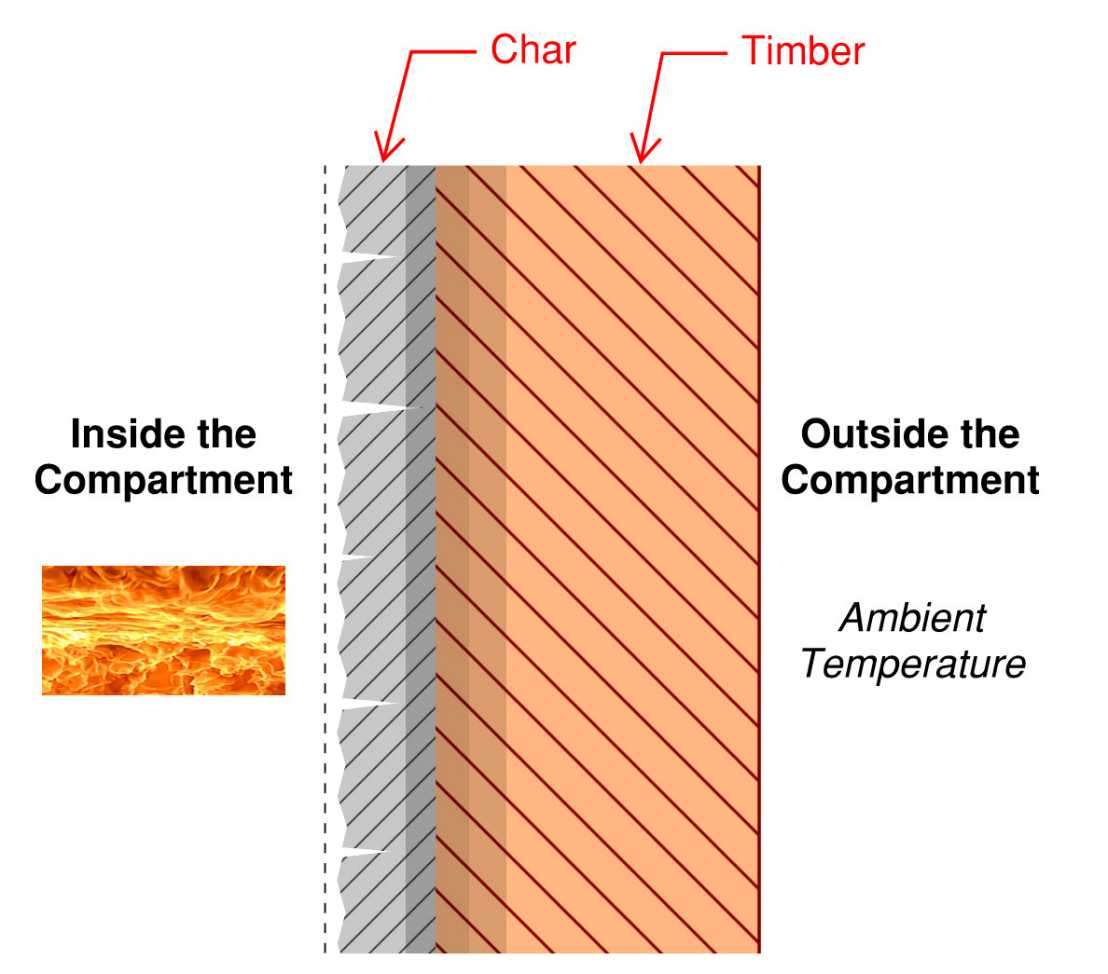Fire Dynamics in Exposed Mass Timber Compartments
Summary

The construction industry is responsible for almost 40% of global CO2 emissions associated with new construction and renovation. Consequently, clients and designers are increasingly specifying Mass Timber due to the reduced embodied carbon emissions in transport and production. Promoting and optimising its use is one of the tools we (all) have to align with the UN Sustainable Development Goal 11.
Currently, the fire design methods for laminated timber compartments are limited to elements produced with heat resistant adhesives that prevent lamella fall off (providing glue line integrity in fire, GLIF). Furthermore, the additional fuel contributing to the compartment fire from the structural timber is conservatively assumed to be all the charred timber section.
The char layer created by the pyrolysed wood helps to insulate the internal timber section from the high temperatures within the compartment. Previous work from ETH Zürich by Schmid shows that the char layer gets partially combusted only; i.e. not all the timber mass up to the char line contributes to the compartment fire. Some energy remains in the form of the char that may not combust.
This PhD investigates the properties of the char layer and its contribution to the fire dynamics of exposed Mass Timber compartments. Understanding the energy balance of the char within the compartment is key to develop engineering models.
Support
This project is kindly supported by the Swiss National Science Foundation (SNSF).



